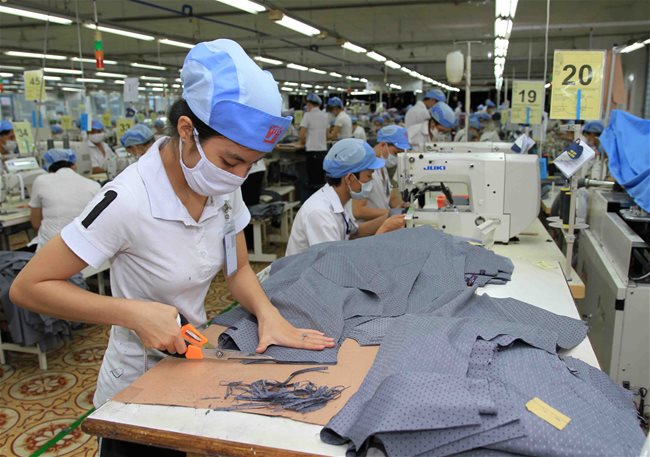HCMC – The Vietnamese manufacturing sector returned to growth in September as concerns around the Covid-19 pandemic in the country eased, with both output and new orders increasing, while business confidence strengthened and the rate of job cuts dropped, according to a report released by IHS Markit on October 1.
The Vietnam Manufacturing Purchasing Managers’ Index (PMI) rose back above the 50 no-change mark in September, posting 52.2 from 45.7 in August, indicating the first improvement in business conditions for three months and the most marked since July 2019.
“After a rise in Covid-19 cases in late July and early August briefly threw the sector’s recovery off track in August, the September PMI results were much more positive. With control over the pandemic regained, firms saw an influx of new orders, ramped up production and were at their most optimistic for over a year,” said Andrew Harker, economics director at IHS Markit.
Evidence suggested that the containment of the pandemic was a key factor that supported improvements in operating conditions. A reduced number of cases contributed to higher demand from clients, leading to a solid increase in new orders. Particularly, new orders from abroad increased for the first time since January.
The rise in output was the sharpest in 14 months, helped by higher new orders.
Business confidence also improved at the end of the year’s third quarter, rising sharply from August to the highest since July 2019. The projected growth of new orders is expected to lead to an increase in output over the coming year, but a number of firms mentioned that positive expectations were based on assumptions that the pandemic would remain under control in the country.
The rising number of new orders encouraged manufacturers to expand their purchasing activity for the first time in three months, contributing to a renewed accumulation of pre-production inventories.
While firms increased their purchasing activity in response to a higher number of new orders, they continued to see staffing levels decrease at the end of the third quarter. In some cases, lower workforce numbers reflected staff resignations. Employment had fallen in each of the past eight months, although the latest decline was at the lowest rate.
Supply shortages of raw materials resulted in higher input costs and longer supplier delivery times. In response to higher input costs, firms raised their selling prices for the first time in eight months but only slightly.











